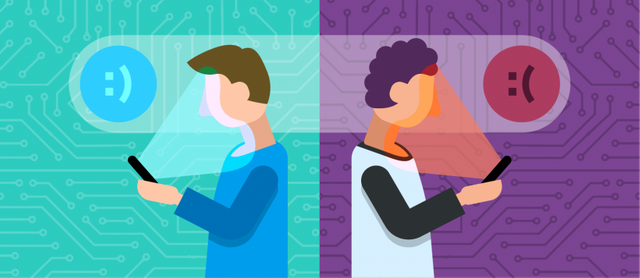Technology is rapidly transforming the mental health care delivery system. The good news is that technology can improve the lives of people with mental illness. Unfortunately, this transformation is also changing traditional practices, and leading to new challenges.

We've taken an in-depth look at the current state of mental health services, the current trends, and what we're seeing today. We'll also explore how technologies such as virtual reality and telemedicine can transform the future of mental healthcare.
Steps to Take Today:
Understand what's happening
Understand the impact
Create solutions
The current state of mental health services
According to the National Alliance on Mental Illness, the lifetime rate of mental illness is about 25%. This means that 1 in 4 adults experience some sort of mental illness in their life. In addition, only half of those people who experience an episode of depression or anxiety receive treatment.
The problem continues to grow as people age. There are currently over 40 million Americans over 65 who live with a mental illness. This is a significant increase from about 5 million in 1980.
People living with mental illness have fewer opportunities and resources than others. The top 10 causes of disability are mental illnesses, yet the United States spends a third of its health care dollars on mental health.
Mental illness also impacts children and teens. It's estimated that about 16% of kids and teens in the United States live with mental illness. And the rates of depression, anxiety, ADHD, and other issues continue to rise among teens.
This is a very serious problem. The American Psychological Association says that untreated mental illness can increase risk for suicidal thoughts and behaviors by four times. Untreated mental illness can also increase risk for depression, alcohol abuse, substance abuse, and other health problems.
What's causing all this?
Unfortunately, a number of things cause the need for mental health services, including:
Poverty
Financial burden
Traumatic events (such as divorce, death in the family, or losing a job)
Lack of access
Discrimination and stigma
Lack of insurance
Technology and Mental Healthcare
The transformation of the mental healthcare industry is already underway. We'll look at some of the key factors that are creating change and exploring how technology is helping to address this problem.
Virtual Reality
Virtual reality, or VR, uses a head-mounted display (like the Oculus Rift or the HTC Vive) to create a completely immersive environment. VR has the ability to immerse users in a full three-dimensional world.
VR is not new. It's been used for decades to help treat phobias. However, a few companies are starting to use this technology to create more innovative treatments. The most well-known of these companies is Facebook's Oculus.

Oculus' CEO, Palmer Luckey, has been a longtime advocate for VR for mental health applications. He recently raised $2 billion for the company in order to accelerate the development of this type of technology.
Hello @t-s-k your article has considered as an abuse on steemit, Plagiarized content has been detected on your post. With immediate effect I would advise you to stop such abusive act by creating unique content on steemit.
@steemcurator01
Downvoting a post can decrease pending rewards and make it less visible. Common reasons:
Submit